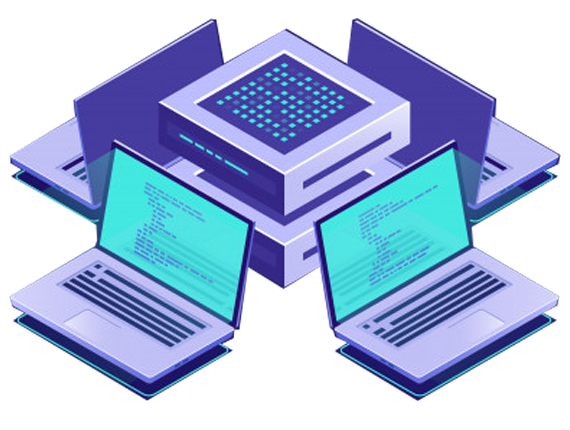NAS Management
- Every time a user tries to obtain network access, that request is made to a Network Access Server or NAS.
- NAS is commonly located at an ISP, and provide internet access to authenticated customers.
- The role of the NAS is to act as the gateway between the user and the RADIUS server.
- Everything the NAS does is based on trust relationships with RADIUS Server to allow or deny network access to end users.
- The NAS receives the users request for network access, and sends a RADIUS message called an Access-Request to the server.
- This message contains information about the user like user name, password, and requested service.
- The RADIUS server processes this request, queries one or more databases for user information, and usually returns another message, called an Accept or Reject.
- Based on this message NAS allow or deny the access of internet to a specific user based on message return by RADIUS server.
-
In Fact PHP radius ISP Billing Software provides the facility of network access server Management to ISP.
- Important key features of PHP Radius Software provide GUI for NAS where you can you can see the list of online users of specific NAS.
- Retrieve information of DHCP Client and CPE Device Detail.
- Via NAS Dashboard you can see Mikrotik Router Status like total online users,version detail, Real time Chart, CPU Usage, RAM Usage,HDD Usage etc…
- Important to realize PHP Radius Provides the all GUI option for configuration and set, you can’t be required to set in NAS option.
- Moreover NAS Manegement Menu Provide GUI contains Like such as Interface, IP Address, Firewall, QOS, Routs, DHCP, IP Pool, Hot Spot, PPPoE Server, Masquerade, etc
-
PHP Radius Provides Network Access Server (NAS). NAS is Interface, IP Address, Firewall, QoS, routers, DHCP, IP Poll, Hot Spot, etc.
list of GUI options provide by PHP radius for NAS Management :
-
- Network Access Server Config
- Network Access Server List
- Interface
- IP address
- Firewall
- QOS
- Route
- DHCP
- IP Pool
- Hotspot
- PPPoE Server
- Masquerade
